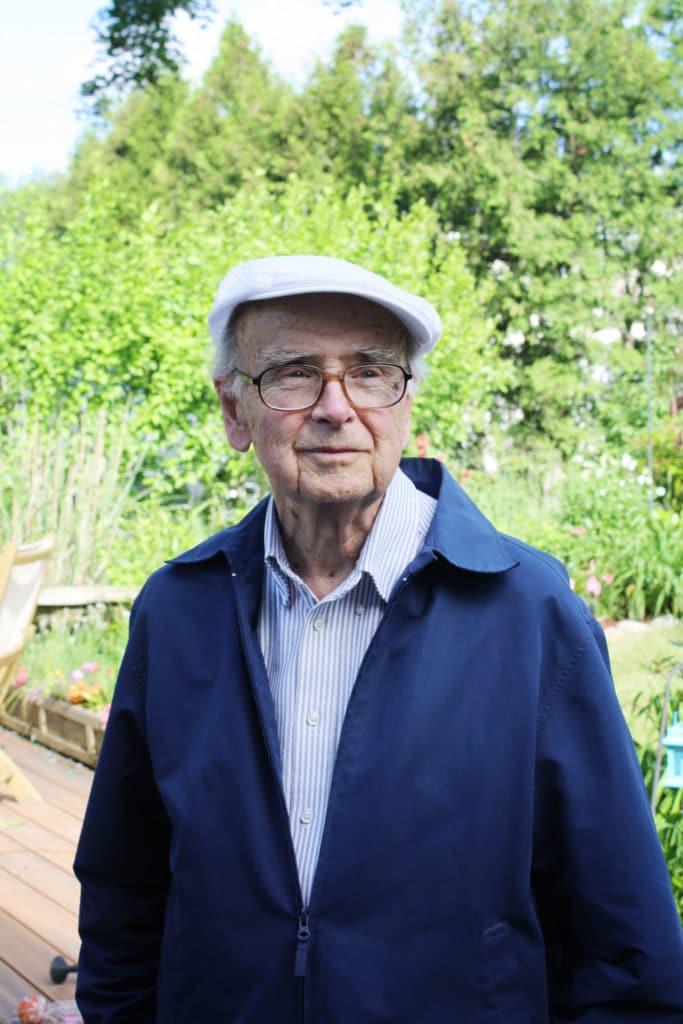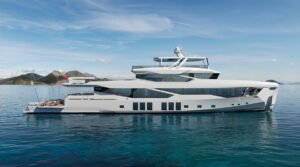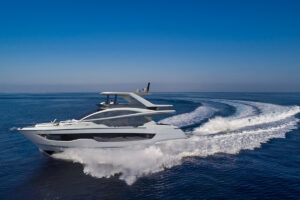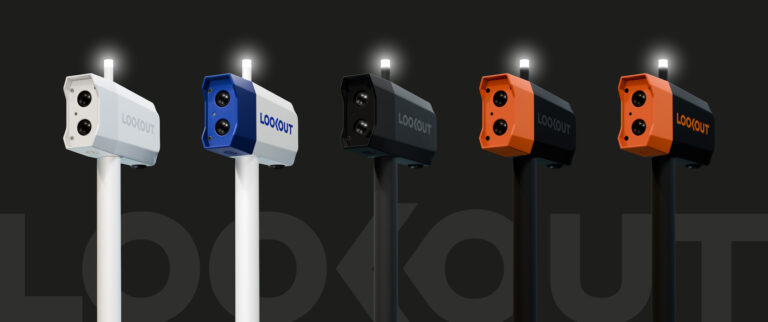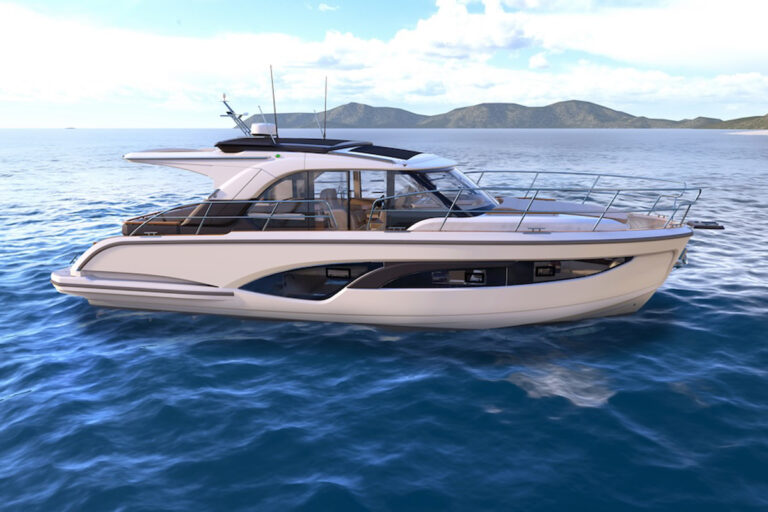
Marine photographer Peter Barlow didn’t grow up in boating. He didn’t start as a marine artist either. He was actually a painter. Barlow was walking along a beach one day when distant sailboats caught his attention. At that time, he thought he’d do a series of paintings with sail shapes. This fortunate happenstance and Barlow’s growing interest in boats eventually led him into a marine photography career.
“I wasn’t exactly thinking about sailing pictures like you see in magazines,” he said. “After a while, I wanted more details to work with [for my paintings].”
He explored how to improve his boating photography, going out with his cousin to practice shooting from a photo boat, acquiring his own later.“These were the days before [I used] a 35mm camera. You couldn’t take multiple pictures like you can now,” Barlow explained. “I can go across the bow and take 25 pictures in seconds now, but back then it was one frame, maybe two if you were lucky.”

Barlow’s trademark style was black-and-white and low-angle images. “You can’t do [low-angle shots] so well with 35mm cameras as you could with a Rolleicord camera, which I used to hold over the side of my boat so the camera was practically in the water,” Barlow said. “This made the hull of the subject boat kind of loom up and look very impressive.”
This exact-style shot is on the cover of Yachting’s January 1970 boat show issue. The 50-foot, Jack Hargrave-designed Hatteras sport-fisherman Excite was one of many powerboats Joe Bartram owned.
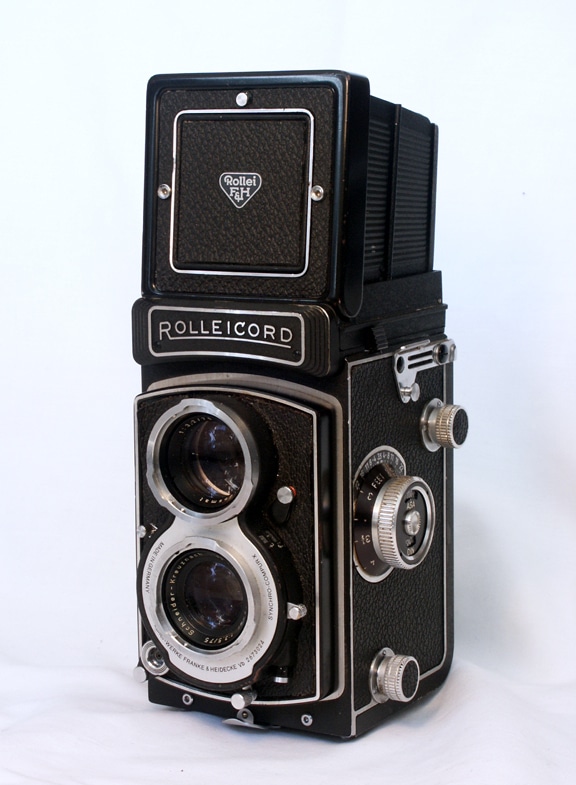
“He had a little Boston Whaler to take the pictures [from],” Barlow said. “Joe Bartram was running the Whaler for me. His captain was running the Hatteras.”
Barlow said he didn’t want pictures that hinted at how they were taken.
“I don’t like to see a photo boat’s wake in the foreground of a picture,” Barlow explained. “I just don’t like the idea of revealing how a picture was done, and I see a lot of pictures like that.

“The way to avoid it was not to run along in front of the boat, but to cut across the bow of the boat and take a picture at the instant the boat was perpendicular to the course of the motorboat,” Barlow explained. “We were probably 25 feet away from [the Hatteras] going full speed. Joe was quite alarmed doing that. He told me years later that he was scared to death.”
While his preference to shoot boats without models on board may make him stand apart from today’s industry norm, Barlow knows what he likes when it comes to boating photography. “I think I’m alone among boat photographers for being interested in just the boat [not the crew]. I just want to see the lines of the boat looking as good as they can.”
